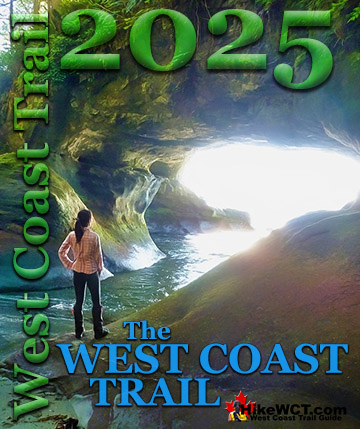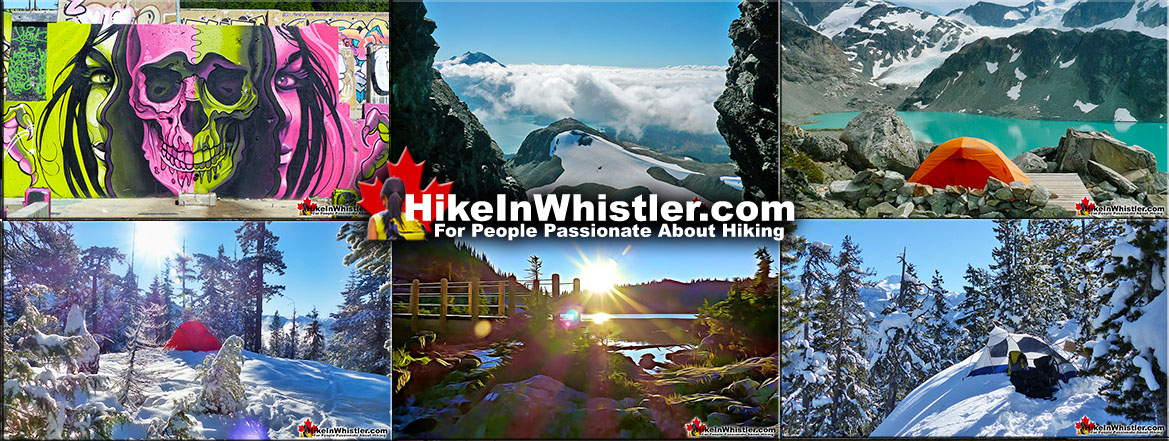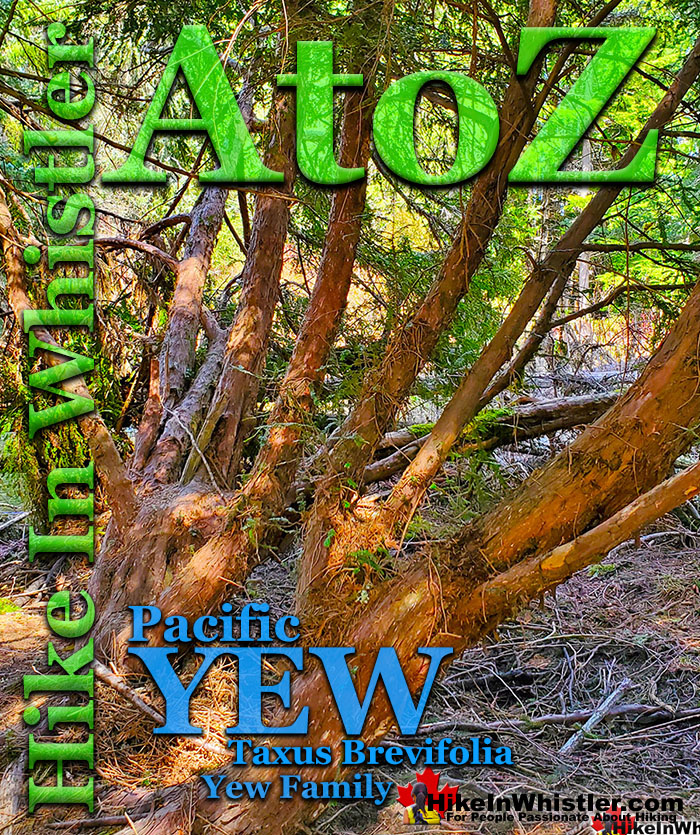
![]() The Pacific yew or western yew is a coniferous tree that grows in Whistler and along the coast from Alaska to California. The Pacific yew’s unique appearance stands out among other more numerous and commonly known trees. The trunk is often contorted in angular directions toward gaps in the forest canopy and the branches are extremely long and sinewy. Branches tend to stretch toward the light and needles tend to only grow near the ends where light is found.
The Pacific yew or western yew is a coniferous tree that grows in Whistler and along the coast from Alaska to California. The Pacific yew’s unique appearance stands out among other more numerous and commonly known trees. The trunk is often contorted in angular directions toward gaps in the forest canopy and the branches are extremely long and sinewy. Branches tend to stretch toward the light and needles tend to only grow near the ends where light is found.
Whistler & Garibaldi Hiking
![]() Alexander Falls
Alexander Falls ![]() Ancient Cedars
Ancient Cedars ![]() Black Tusk
Black Tusk ![]() Blackcomb Mountain
Blackcomb Mountain ![]() Brandywine Falls
Brandywine Falls ![]() Brandywine Meadows
Brandywine Meadows ![]() Brew Lake
Brew Lake ![]() Callaghan Lake
Callaghan Lake ![]() Cheakamus Lake
Cheakamus Lake ![]() Cheakamus River
Cheakamus River ![]() Cirque Lake
Cirque Lake ![]() Flank Trail
Flank Trail ![]() Garibaldi Lake
Garibaldi Lake ![]() Garibaldi Park
Garibaldi Park ![]() Helm Creek
Helm Creek ![]() Jane Lakes
Jane Lakes ![]() Joffre Lakes
Joffre Lakes ![]() Keyhole Hot Springs
Keyhole Hot Springs ![]() Logger’s Lake
Logger’s Lake ![]() Madeley Lake
Madeley Lake ![]() Meager Hot Springs
Meager Hot Springs ![]() Nairn Falls
Nairn Falls ![]() Newt Lake
Newt Lake ![]() Panorama Ridge
Panorama Ridge ![]() Parkhurst Ghost Town
Parkhurst Ghost Town ![]() Rainbow Falls
Rainbow Falls ![]() Rainbow Lake
Rainbow Lake ![]() Ring Lake
Ring Lake ![]() Russet Lake
Russet Lake ![]() Sea to Sky Trail
Sea to Sky Trail ![]() Skookumchuck Hot Springs
Skookumchuck Hot Springs ![]() Sloquet Hot Springs
Sloquet Hot Springs ![]() Sproatt East
Sproatt East ![]() Sproatt West
Sproatt West ![]() Taylor Meadows
Taylor Meadows ![]() Train Wreck
Train Wreck ![]() Wedgemount Lake
Wedgemount Lake ![]() Whistler Mountain
Whistler Mountain
![]() January
January ![]() February
February ![]() March
March ![]() April
April ![]() May
May ![]() June
June ![]() July
July ![]() August
August ![]() September
September ![]() October
October ![]() November
November ![]() December
December
The Pacific yew a wonderfully exotic, jungle-like quality that contrasts to the uniformly vertical stands of western redcedars, Douglas-firs and western hemlocks that tend to grow nearby. Not only do Pacific yew trees tend to have powerfully elongated snake-like branches, but often have a trunk that appears to be several trees fused together. This feature is called fluting and is not unusual in Pacific yew trees as well as other rainforest trees adapting to unstable forests prone to flooding. The brightly coloured, crimson red bark on Pacific yew trees is yet another characteristic that catches your attention on many of Whistler’s beautiful hiking trails. Depending on time of day or weather will determine which colours you will see on a Pacific yew’s thin, peeling bark. Usually a variation of deep red, but other times you will see brown, purple, or even bright orange, vaguely comparable to arbutus trees! The range of colour is also due to the layer visible. The outer layer will be a duller purple or brown colour, while the inner layer of bark will be a much more vibrant, shiny and fresh looking deep red or purple. Pacific yew trees have fairly easy to distinguish leaves/needles. Look for the dark green colour and the flat pattern of needles. Other trees in Whistler forests don't have such an organized flat pattern of similar length, dark green needles projecting from both sides of the twig in the same plane. The closest needle pattern you may find in another tree is on the western hemlock, however the flat pattern looks disorganized as the needles are of varying lengths. Also, the twig on the western hemlock is brown, whereas it is green on a Pacific yew.
Sprawling Pacific Yew Tree in Whistler
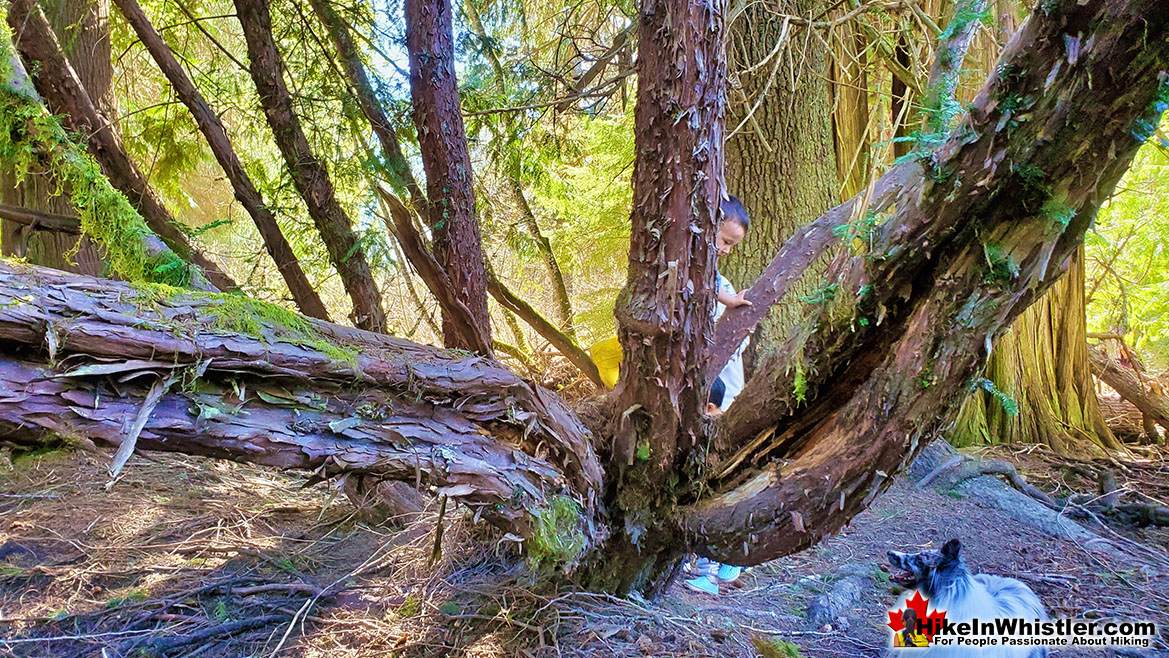
Amazing Pacific Yew Trees
Pacific yew trees generally have a lifespan of about 200 to 300 years, though some have been known to live over 400 years. Most don’t exceed 20 metres in height, however occasionally they have been known to grow to 30 metres (100 feet). The Pacific yew trees in Whistler almost entirely reside below the canopy of larger trees such as western redcedars, coast Douglas-firs and western hemlocks. Taxine alkaloids in all species of yew trees worldwide cause them to be extremely poisonous. The Pacific yew is the least poisonous variation of yew tree as it contains only minimal amounts of Taxine, though still quite dangerous. Moose and deer seem to be the only animals to be unaffected by Taxine alkaloids as they happily eat the needles without ill effect. In humans Taxine Pacific yew needles may lead to death by cardiogenic shock. For most animals, including humans, ingesting any part of a Pacific yew tree containing Taxine alkaloids will result in neurological damage resulting in convulsions, fasciculation and paralysis.
Pacific Yew Trees in Whistler Lunging Toward the Sun
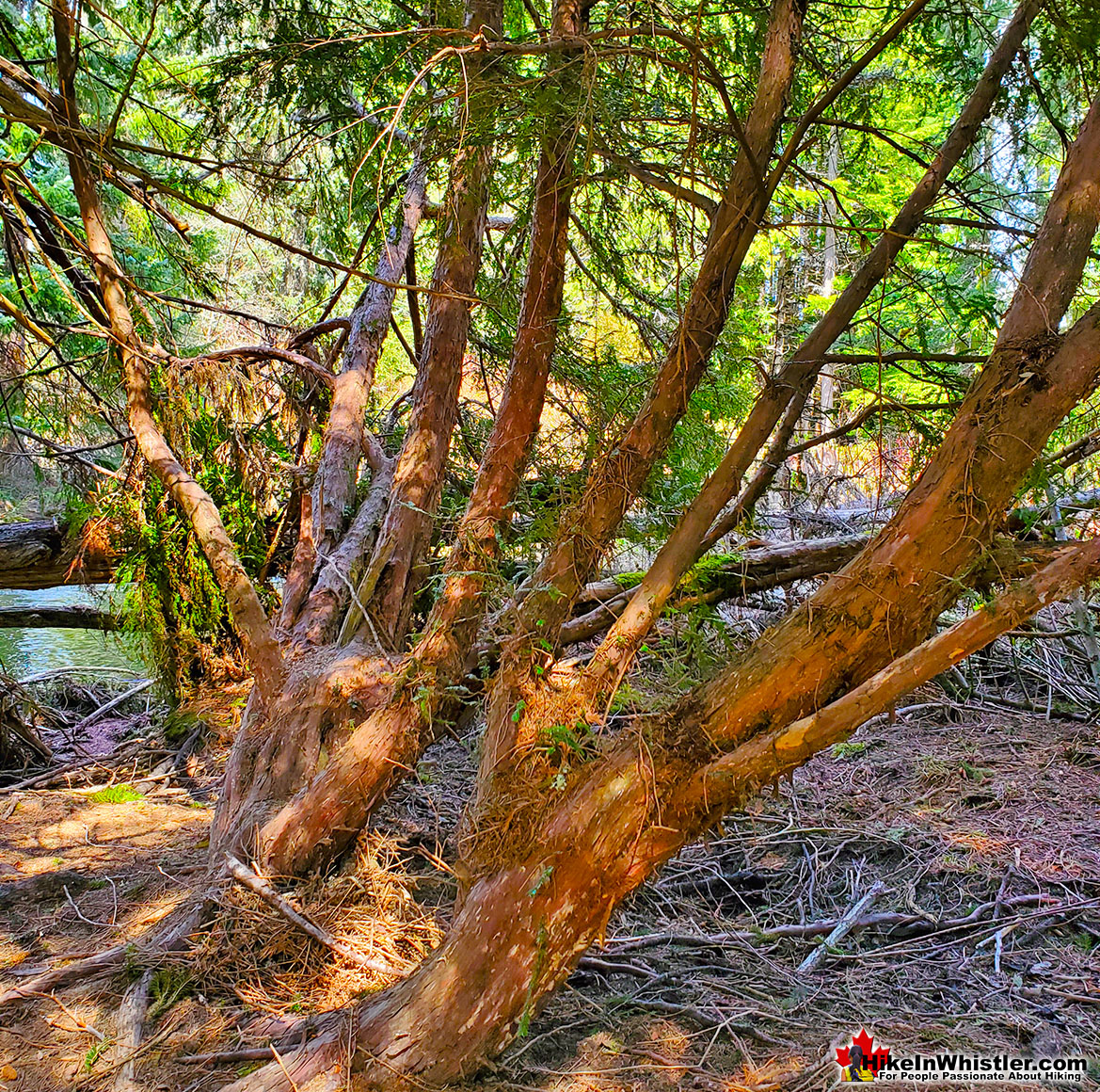
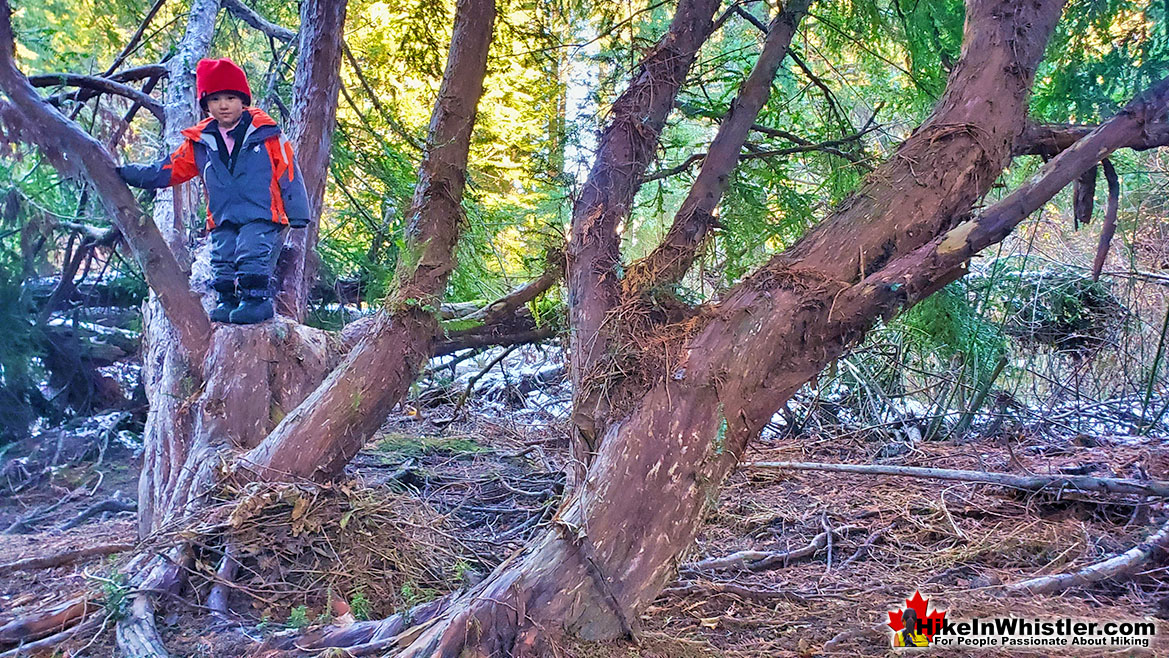
Pacific Yew Berries
The Pacific yew is the only conifer species that produces berries instead of cones. The red flesh of the berry is the only part of yew trees that does not contain significant amounts of Taxine, though the seeds contain plenty. Humans and most animals avoid eating the toxic berries however some birds manage to avoid a horrifically painful death by separating and discarding the toxic seeds and eating just the flesh of the berry. In 1971 Paclitaxel was isolated from the bark of Pacific yew trees and used successfully to treat many types of cancer. Suddenly yew trees worldwide became valuable and it is estimated that six trees were killed to treat one cancer patient. Inevitably this slow growing tree was massively reduced in numbers and ended up being classed as endangered. In the early 1990's synthetic production of Paclitaxel was developed and the Pacific yew is no longer endangered.
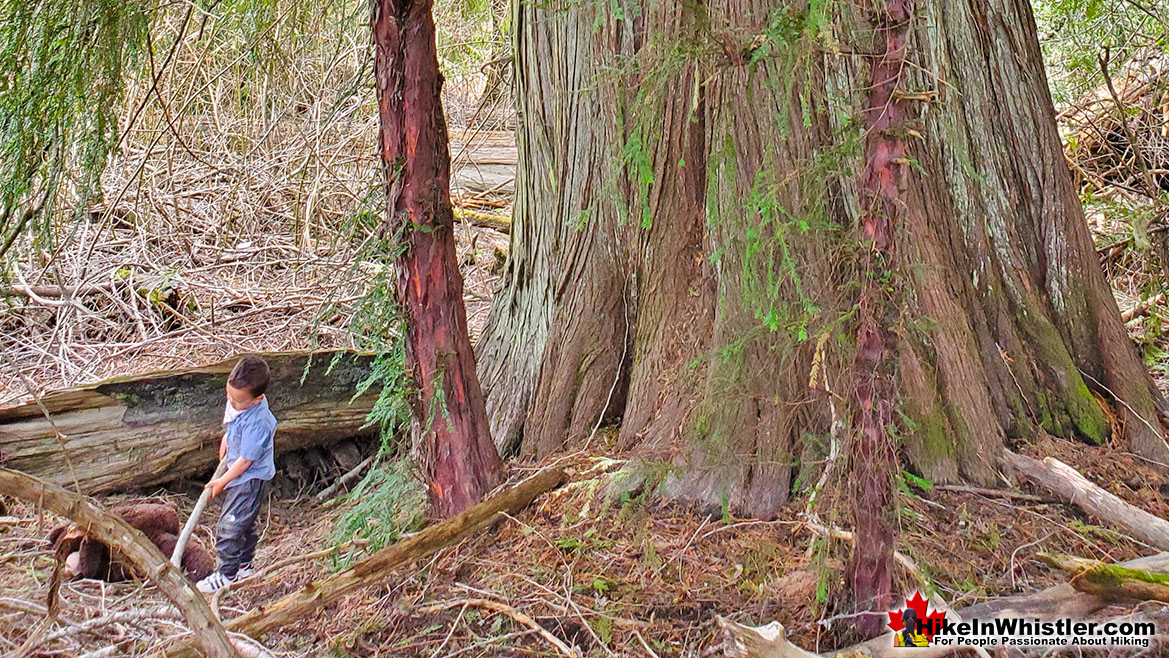
Otzi the Iceman's Yew Bow
Yew wood is very strong, stiff and springy making it useful historically in weapons such as the English long bow, axes, tools, canoe paddles, and quite a lot more. Europe's oldest known natural human mummy Ötzi the Iceman died in the Otztal Alps over 5000 years ago, was carrying a bow and axe, both made of yew. The Latin word for yew tree is Taxus, which in turn was borrowed from the Scythian word Taxša which translates to both yew and bow.
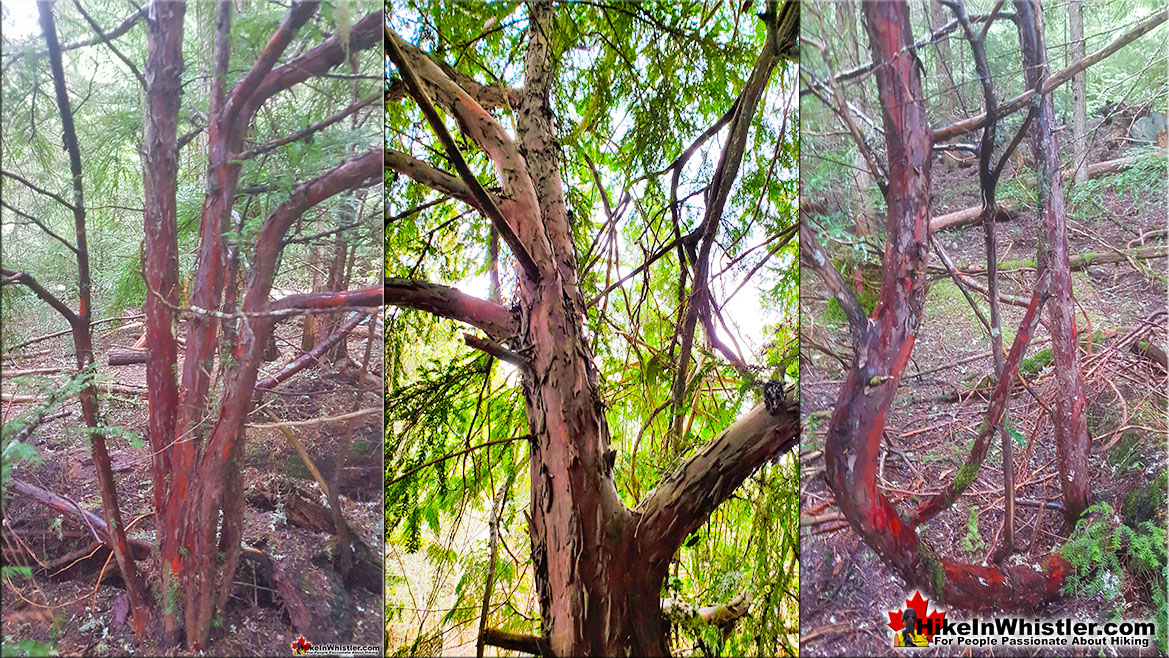
How to Identify a Pacific Yew in Whistler
The brightly coloured bark on Pacific yew trees is probably the first thing you will notice. In the midst of other trees in a Whistler forest, Pacific yew trees stand out quite brightly. The purple/orange/deep red bark is very noticeable in a Whistler forest.
Pacific Yew Colourful Bark
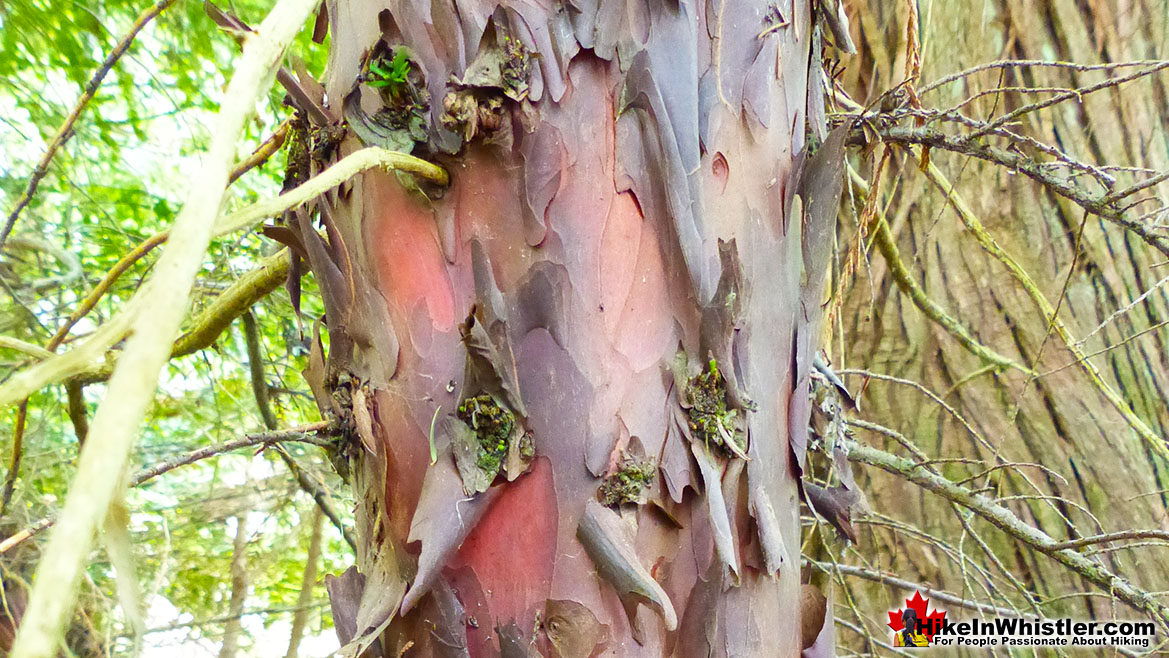
Pacific Yew Leaves/Needles
Identifying a Pacific yew by looking at the leaves/needles is pretty easy in a Whistler forest. Look for the dark green colour and the flat pattern of needles. Other trees in Whistler forests don't have such an organized flat pattern of similar length, dark green needles projecting from both sides of the twig in the same plane. The closest needle pattern you may find in another tree is on the western hemlock, however the flat pattern looks disorganized as the needles are of varying lengths. Also, the twig on the western hemlock is brown, whereas it is green on a Pacific yew. Pacific yew needles are also likened to bananas due to their slight curve and rounded shape. If you look very closely at Pacific yew needle you will notice each has a soft point at the end.
Pacific Yew Flat Needle Pattern
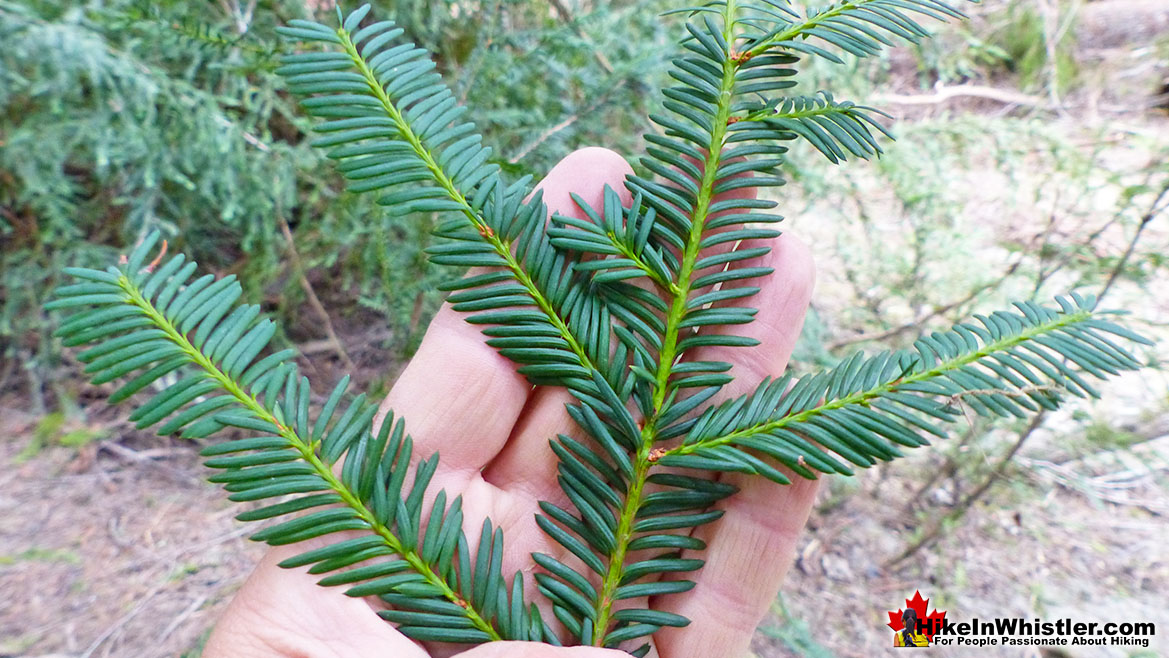
The underside of a Pacific yew needle is concave and pale green in colour, much lighter than the dark green on the upper side. One typical feature that conifer needles tend to have is a white band along the length of the underside. Pacific yews don't have this white band and according to the excellent smartphone app Trees Pacific NW, "The absence of white bands is positive identification of Pacific yew."
Pacific Yew Needles Underside
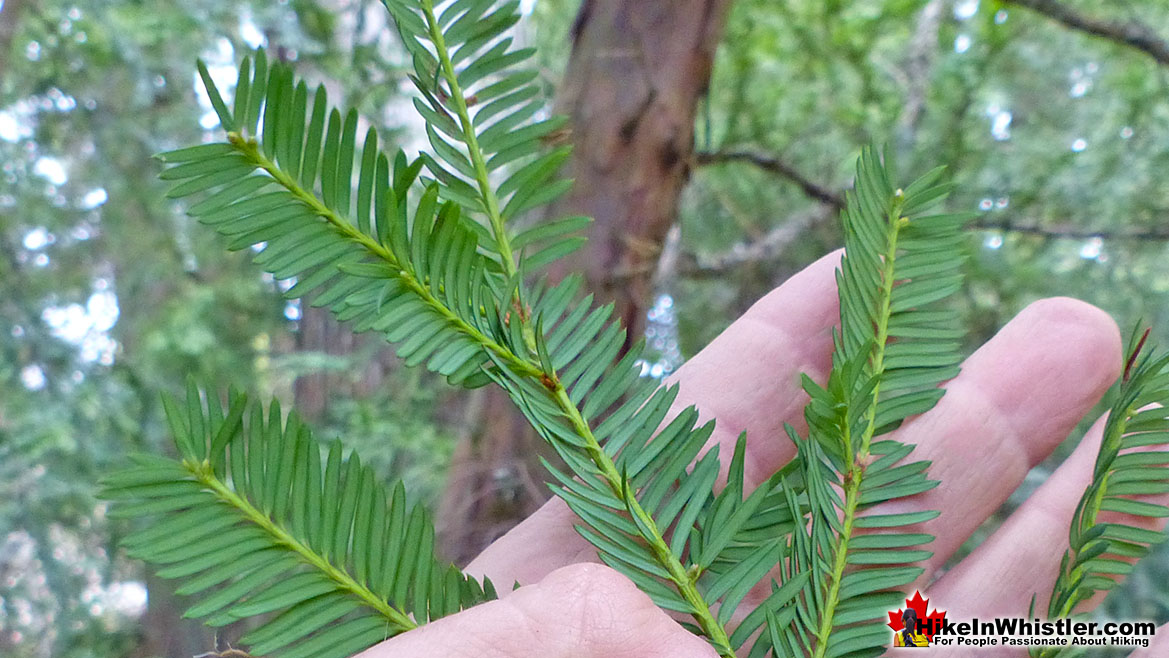
Pacific Yew Pollen
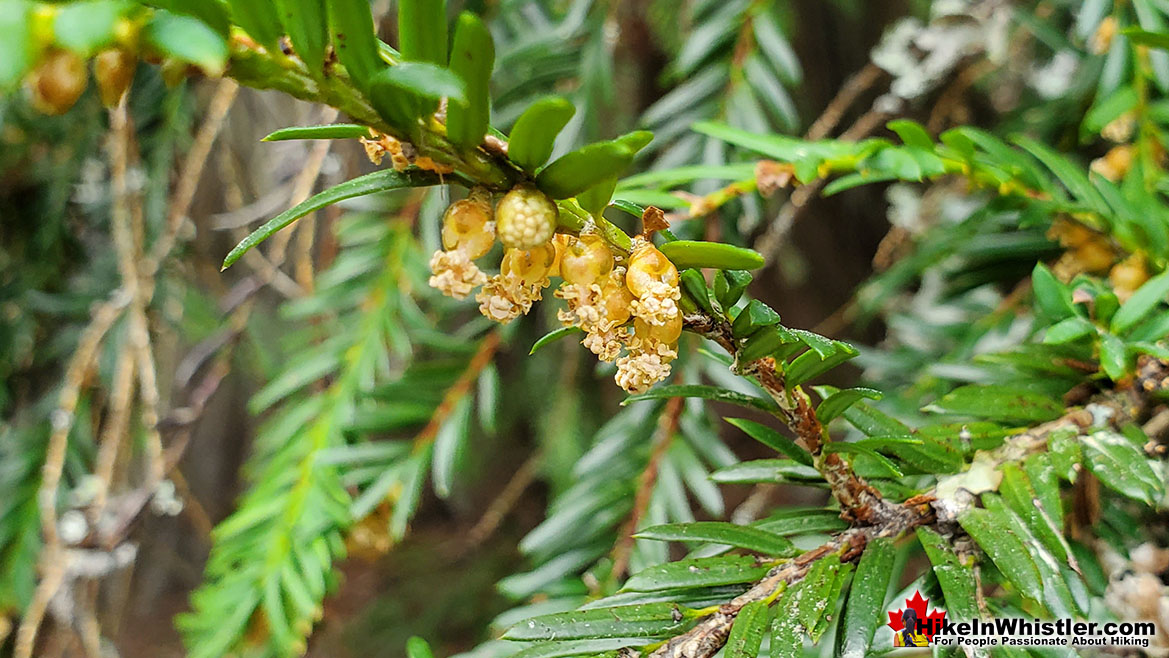
Pacific Yew Berries
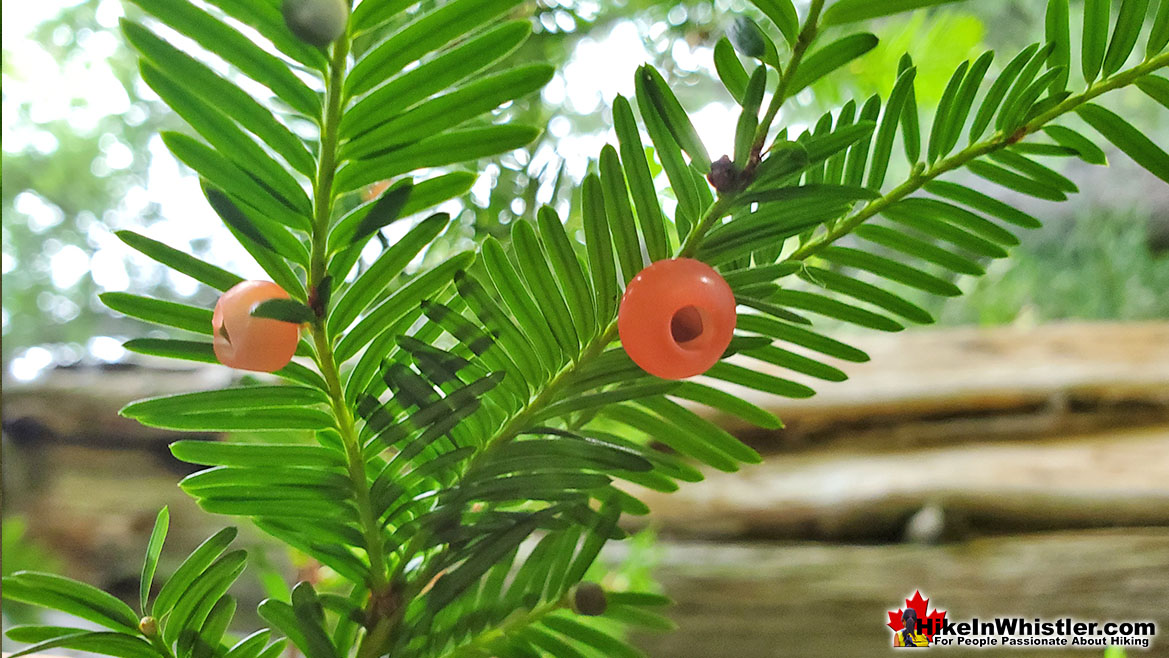
Pacific Yew Trees in Whistler
Pacific yew trees are fairly common in Whistler forests and once you spot one with its crimson red bark you will notice more and more. They are very hardy and don't mind fighting for sunlight near the forest floor. Emerald Forest in Whistler Cay is home to countless young and not-so-young Pacific yew trees. This expansive forest is also home to several large and interesting western redcedars, coast Douglas-firs, and quite a lot more.
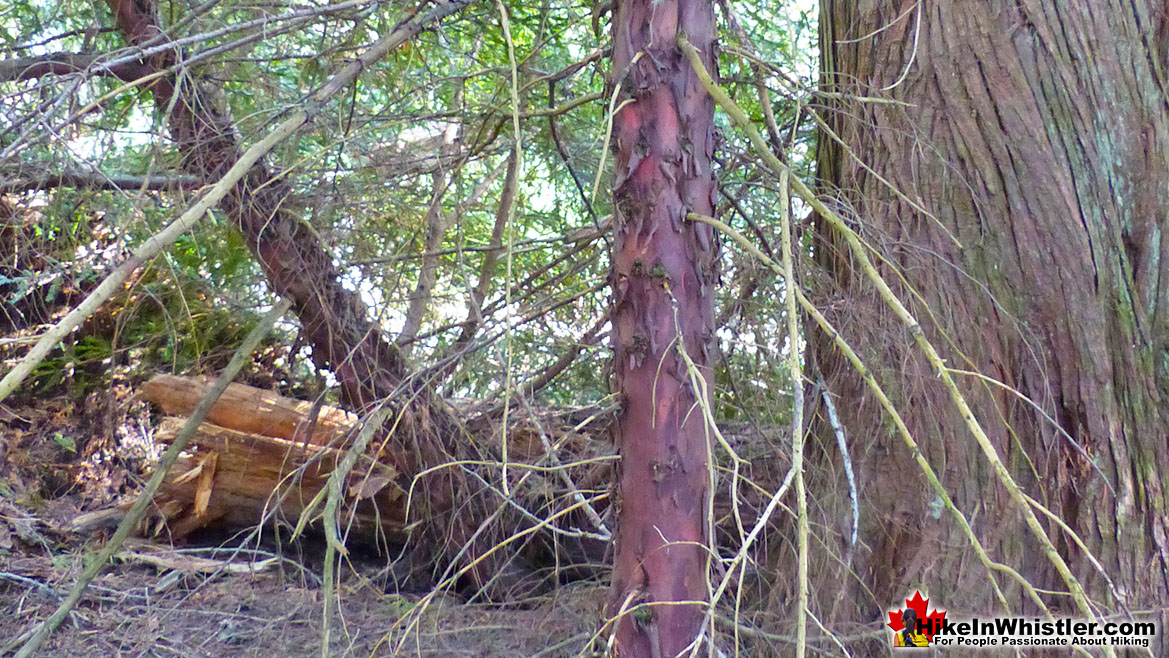
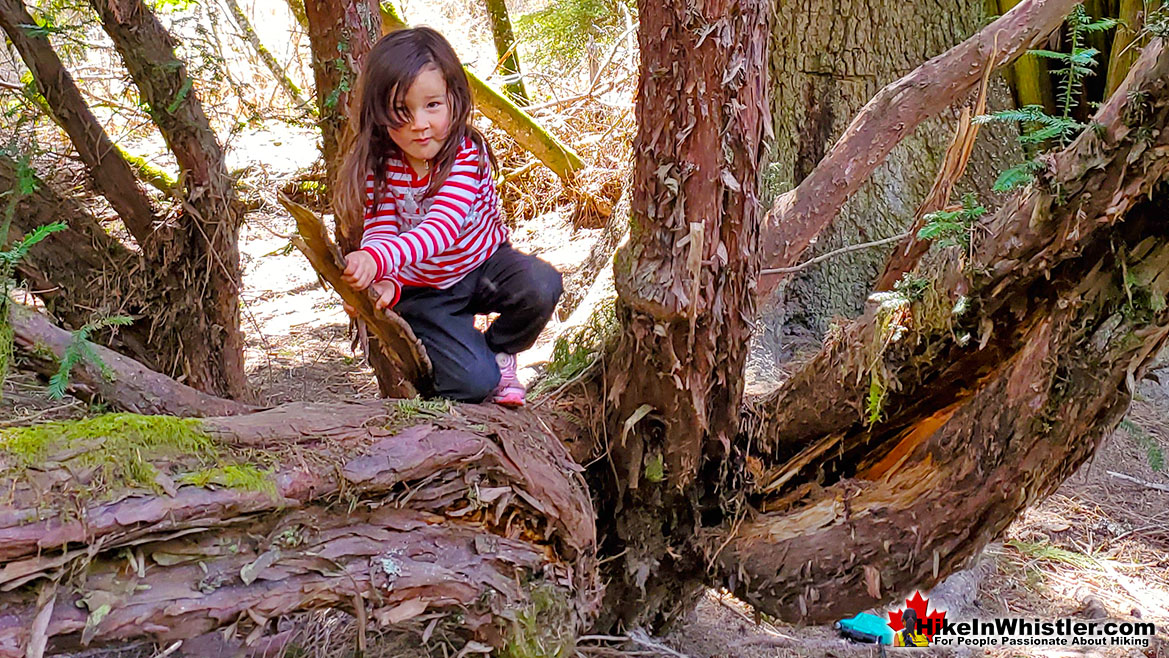
More Whistler & Garibaldi Park Hiking A to Z!
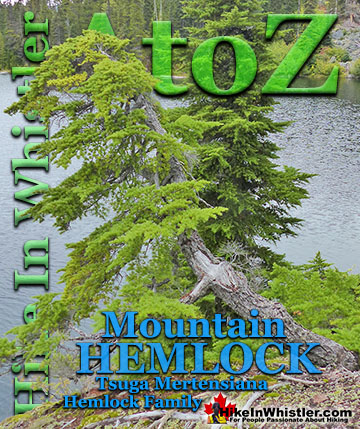
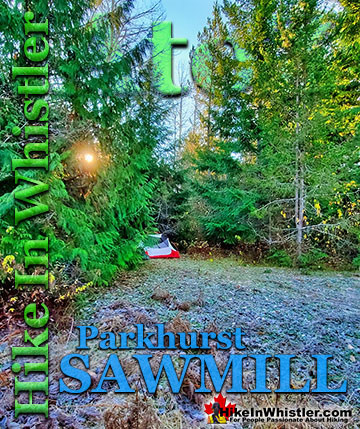
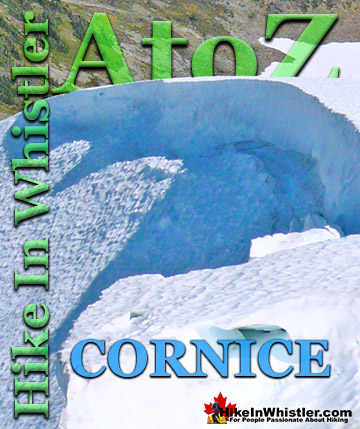
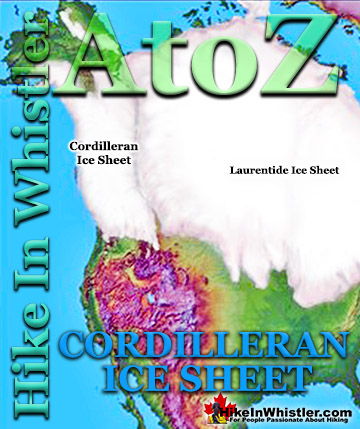
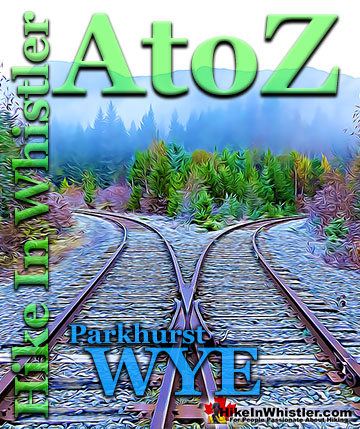
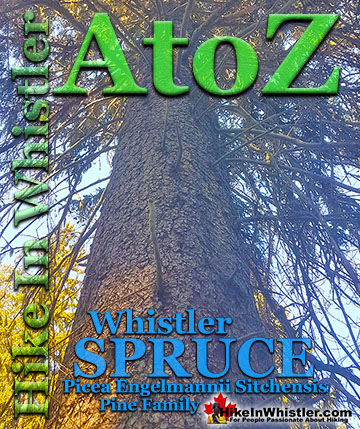
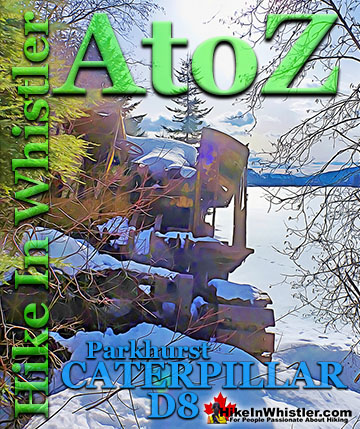
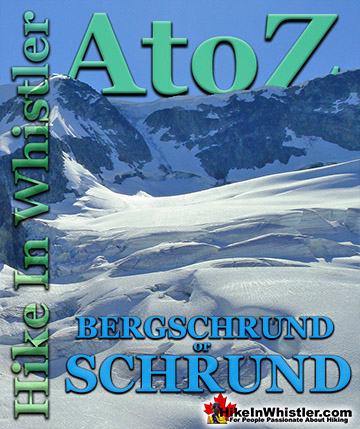
The Best Whistler & Garibaldi Park Hiking Trails!
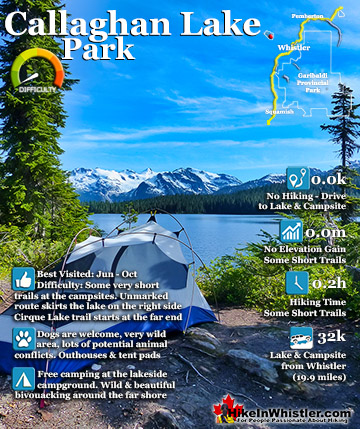
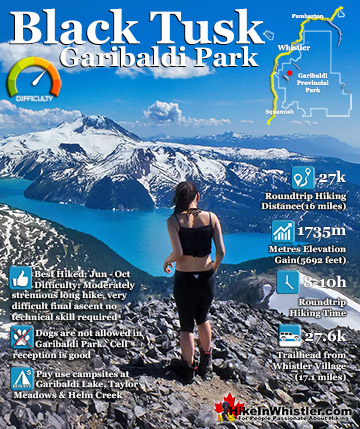
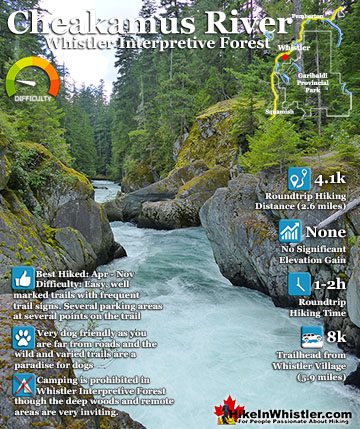
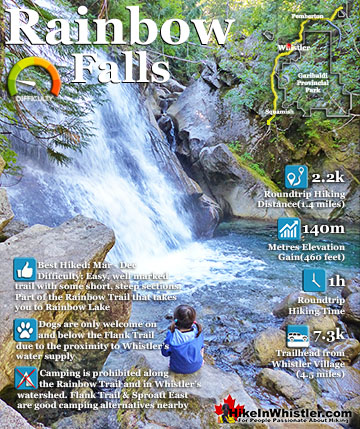
Whistler & Garibaldi Park Best Hiking by Month!
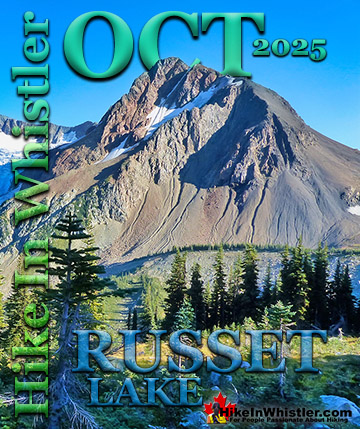
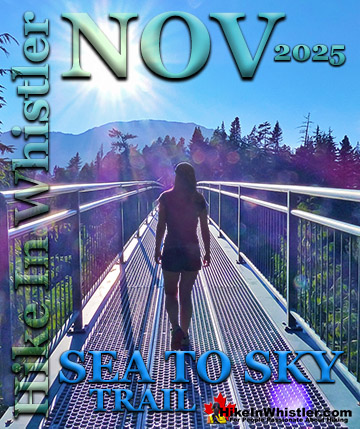
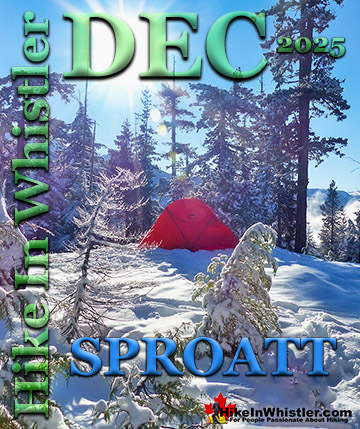
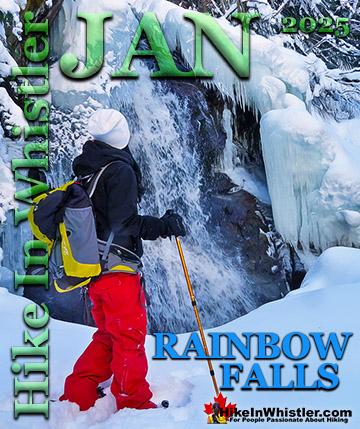
Explore BC Hiking Destinations!
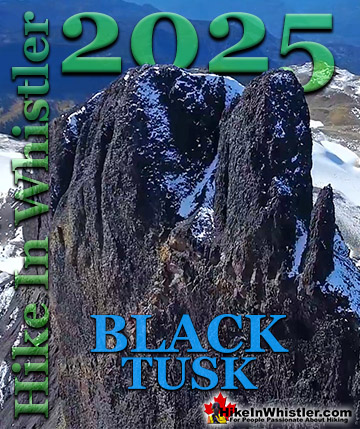
Whistler Hiking Trails
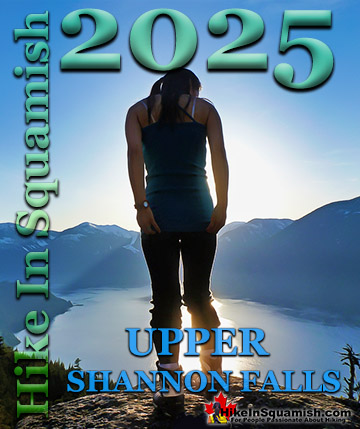
Squamish Hiking Trails
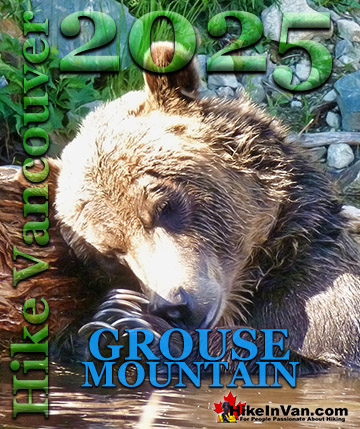
Vancouver Hiking Trails
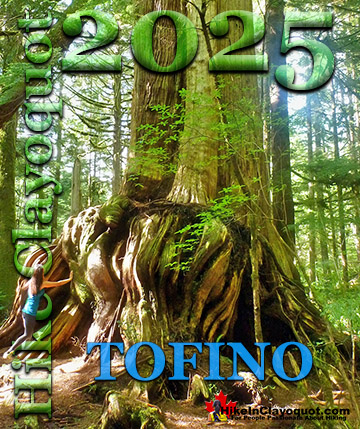
Clayoquot Hiking Trails
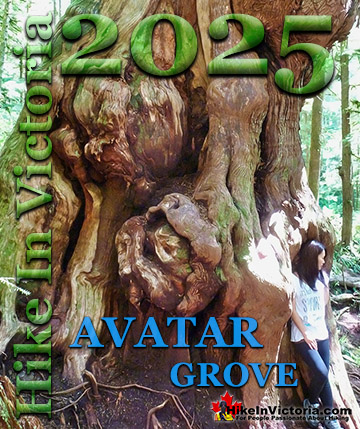
Victoria Hiking Trails
